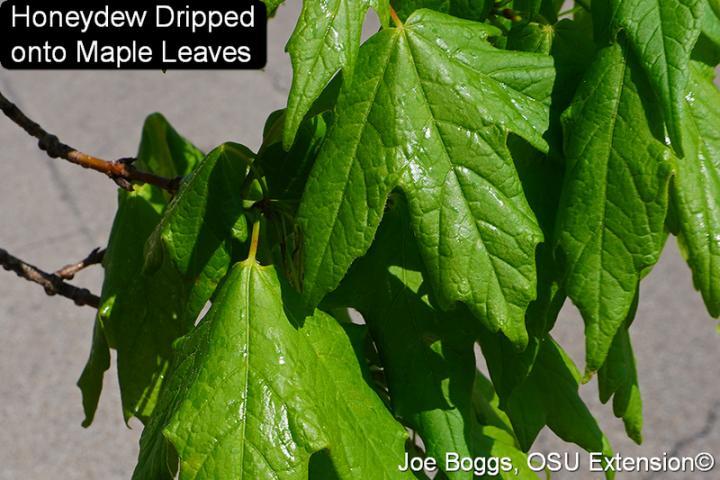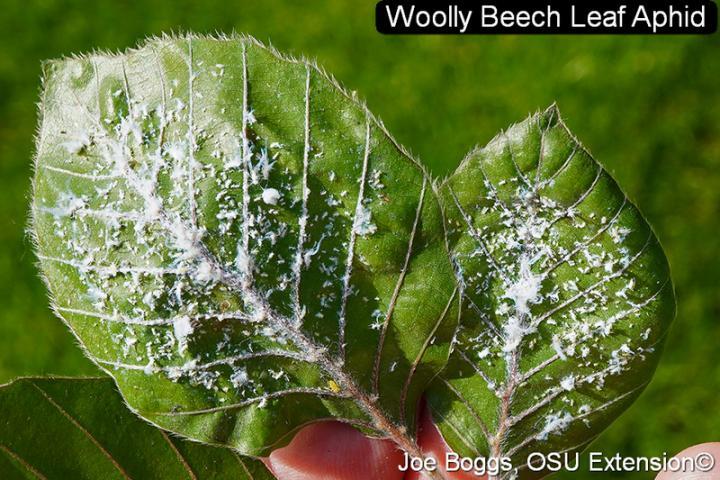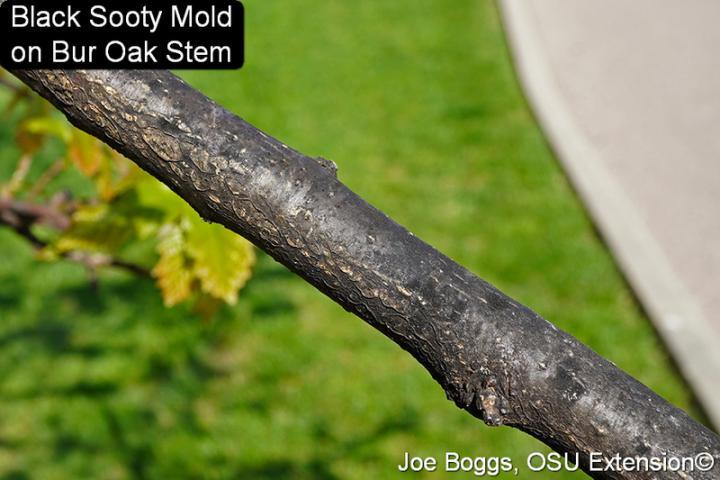The Year Of The Aphid

I’ve never seen honeydew raining down as it is this year in my area of southwest Ohio. The BYGL has chronicled much of this.

Sticky, Dripping Maples

Sticky, Dripping European Beech

Sticky, Dripping Oaks and Ghost Scales
In response to my inquiry, OSU’s Joe Boggs weighed in with his observations which mirrored mine:
I’m no longer parking in the shade of large trees! Like you, I’ve never seen anything like this before. Yes, we occasionally see outbreaks of specific aphids and soft scales, but this is across the board.
In fact, I’m calling this “The Year of the Aphid.” As you noted, I’ve already posted an Alert about Myzocallis Oak aphids, but I visited some trees in a park in Hamilton (Ohio) this past Tuesday afternoon and the leaves were as sticky as fly paper! That’s no exaggeration. Also, owing to our lack of rainfall, some of the honeydew had crystallized to form white salt-like crystals on the upper leaf surface. I’ve only seen that once before with a sap-sucking insect: it was last year with our spotted lanternfly infestation.
Then, I walked a short distance away and came across tuliptrees that had virtually every leaf covered in honeydew from tuliptree aphids.
I believe our Year of the Aphid is the result of a convergence of weather-related conditions. First, aphids tend to be cool-season insects; they do best in the spring and fall. We enjoyed a marvelously cool spring with our home windows open. Second, heavy, heavy rainfall is the enemy of aphids and will also wash away honeydew. While we had some pretty good rainfall, until recently, driving rainfall events were a bit rare. Finally, it takes time for the 3-Ps to catch-up (Predators, Parasites, and Pathogens). They just haven’t done so yet.
Hopefully, as temperatures continue to be warm, things will change.
J.B.

